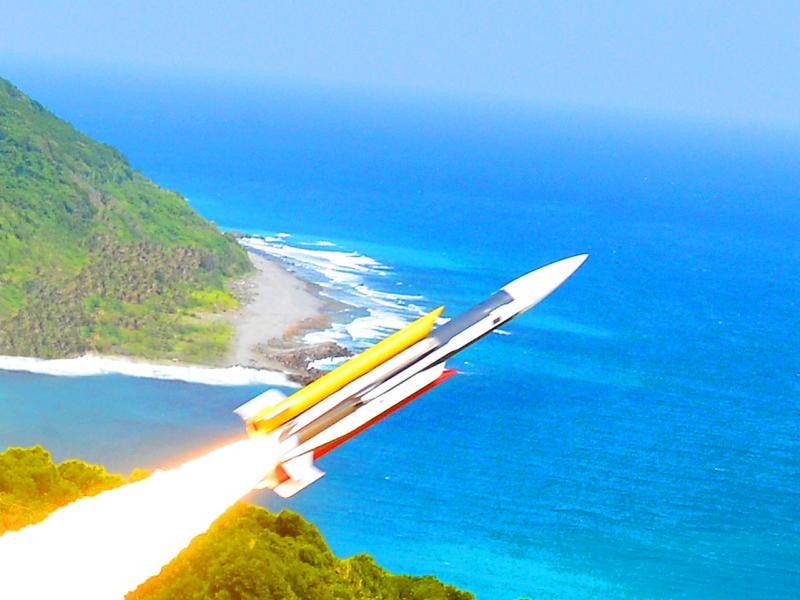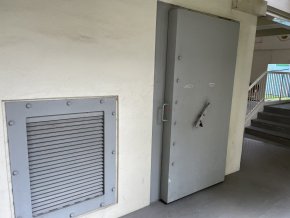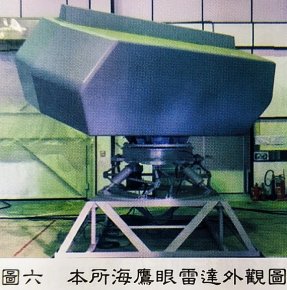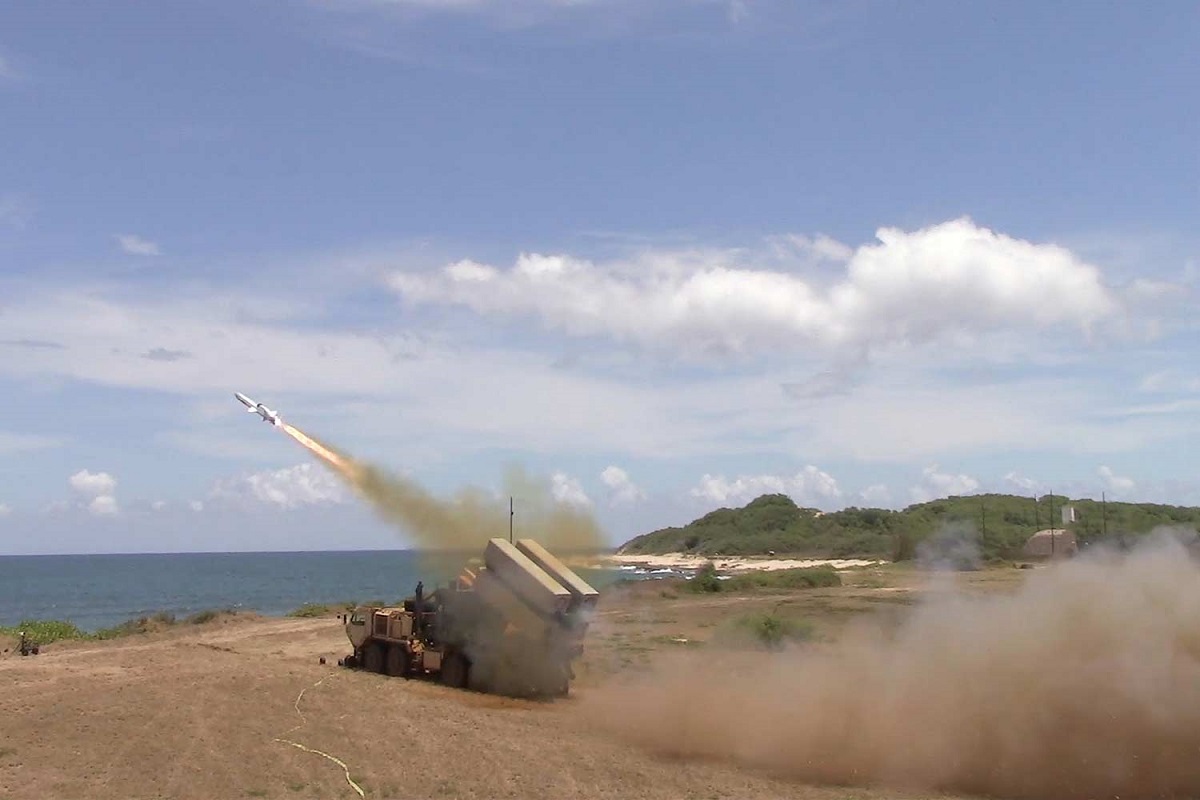Post 2 of 3: Minor clarifications
@Musashi_kenshin, I don’t understand your never ending giving of excuses for logical things that Taiwan fails to do. Time is finite. Every hour you spend arguing for Democratic Progressive Party’s political BS is an hour not spent considering how the Taiwanese could *actually* help themselves — to do war prep basics, like buying doors for their civil defence shelters, stocking 60 days of ammo for all key platforms (like their fighter jets, attack helicopters, artillery guns and tank rounds), buying enough M1A2Ts and acquiring more asymmetric capabilities. If Taiwan was serious, their factories will be building at least 6,000 blast doors a year, for 10 years. Taiwan’s building codes will need to be changed to provide a sunset period to install blast doors.
…diplomats… they're there to present the best story possible.
Perhaps in an ideal world enough high-profile Taiwanese diplomats, politicians and military officers would resign until the public accepted the need for universal, lengthy conscription and taxes to pay for more defence spending.
9. The analogy the Taiwanese diplomat gave was that Taiwan is a cat, while China is a wolf pack. But cats can fight. That’s what she said. Let’s contrast this cat talk to real American advice by John Spencer to defenders in Ukraine.
10. Let me make 4 other clarifications to debunk your point on the need to raise taxes to pay for more defence spending. The biggest problem for Taiwan is inefficient allocation of resources — the refusal to retire older platforms and shift sufficient resources to new improved platforms and CONOPS. Choosing to procure only 108 M1A2Ts is a crime, given that they need more than double that amount.
One, Taiwan under the DPP has said it wants to be able to fight. It’s not cheap and it takes some effort, to do more with less. Singapore spent less on defence from 1996 to 2015 and got more equipment than Taiwan over 20 years. Taiwan has agency in it’s own demise. The WSJ cited Taiwanese soldiers as saying they are worried about the quality of training and combat readiness. One of them said he had nothing to do during basic training and simply watched American war movies.
Two, each year, from 1996 to the year 2015, Taiwan’s defence budget exceeded that of Singapore. Taiwan’s arms purchases have a ‘feast or famine’ approach, and it not consistent. In that 20 year period, Singapore spent less money on its army, navy and air force. Yet in that period, Singapore acquired a lot more weapons than Taiwan — with a smaller defence budget than Taiwan for a period of 20 years.
- Singapore inaugurated the Searcher UAV (Mar 1998) to replace the Scout RPV and acquired 20 AH-64D Apaches in 1999.
- Singapore ONLY launched the 1st of 6 Formidable class frigates in 2004 (with help from France), started acquiring the 1st of 40 F-15SGs from the Americans in 2005 and reached a deal with the Germans for the 1st 66 Leopard 2A4s in 2006.
- Two Swedish submarines were sold to Singapore in Nov 2005 and relaunched in Jun 2009 and Oct 2010, as Archer-class submarines. Singapore’s acquisition of AIP equipped Archer-class submarines from Sweden is less than half the cost of the Royal Malaysian Navy’s brand new Scorpene Submarines of the basic non-AIP configuration.
- The Singapore made Terrex ICV and Light Strike Vehicle Mark II (with a rear-mounted pedestal for twin Spike LR missiles), entered service in 2010 and 2013, respectively.
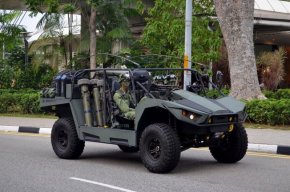
Three, mandatory conscription in Taiwan began in 1951. By 1981, all conscripts were required to serve for two years. In 2013, it was changed to 4 months by Taiwanese choice. Conscription need not be very long (and it’s currently 22 months for Singapore), but it can’t be shorter than 6 to 9 months — for it to work.
Four, Singapore’s approach to defence spending is premised on the belief that regardless of economic conditions, security threats do not simply disappear. Singapore’s defence procurement process is based on a rigorous evaluation system guided by the principle of seeking the most cost-effective system. Singapore aims to spend a logical amount and defence dollar is further stretched by buying second hand where possible or reducing the TOE, to get better equipment. For example, the SAF’s:
- approved fighter fleet size used to be 167. It’s reduced to 100 fighters, with the retirement of A4SUs and F-5Es;
- O&M cost for AMX-13s is zero, because the whole fleet was retired in 2008 (as no longer threat relevant) — reduction of tank types, reduced the logistics burden;
- proper planning and logistics coherence reduces O&M costs — the SAF only stocks 155mm howitzer ammo (no 105mm rounds) and 120mm mortar rounds (no 81 mm rounds); and
- replacement for the Harpoon missile is likely to be the Blue Spear (which range will be an unknown factor, as ST makes the booster).
My comments were directed at the person in the video; Taiwan's top diplomat in the U.S; whose job it is to put Taiwan in the best possible light and to play up and remind others of the threat posed by China. Does she ''BS''? No doubt but all or most diplomats do to some extent and they also downplay or embellish things.
11. That’s the best story for Taiwan, when given air time by a major network?
(a) Beijing is the big beneficiary of degradation of global norms against use of force for territorial expansion — as the Indians found out to their dismay — the PLA clubbing to death 20 Indian Army soldiers. An America, under Team Biden, focused on war in Europe rather than deterring one in Asia, makes both Japan and Taiwan nervous.
(b) IMO, the Taiwanese diplomat just need to say, in view of the pending war in Ukraine and that carving-out spheres of influence is on the rise, Taiwan needs more American support for weapon sales to deter aggression. Be an adult about it. I am saying that the Taiwanese diplomat is as clueless as the interviewer.
Also I think, OPSSG, some of your comments were unreasonable. The Kang Ding corruption scandal was over a quarter of a century ago when Taiwan was still transitioning into a proper democracy, and as far as I'm aware France refused to sell Crotale. Aster wasn't an option in the 1990s, and I expect France would want a big sum of money to upgrade them now (far more than the indigenous project).
12. According to you, 25 years ago. Is it fixed, now?
13. How long do they need to unfuck themselves — to fix a mistake made 25 years ago — so as to fight the world’s largest navy, the PLA(N)? In that light, my mild comments on Taiwanese Navy corruption is more than reasonable.
14. If the PLA goes to war with the Taiwanese, all their bases will be hit with repeated missile strikes — even before the 1st Chinese solider lands — there is nothing grey zone about an amphibious landing. IMO, Taiwan is not making a real effort to build a force that can fight for 45 to 60 days — counting the days Taiwan can fight is important for credibility.
Singapore has more modern tanks, you're right. But as far as I understand it the Leopard 2 is somewhat cheaper than an Abrams. I also came across an article that suggested Singapore
got a very good deal on at least some of them.
There's also a continuing argument as to whether the Abrams is a good fit for Taiwan due to its weight, albeit I haven't performed a structual analysis of Taiwan's bridges so cannot comment as to how limited its movement would be.
15. The VDV tried to seize airfields in Ukraine and they were wiped out by Ukrainian armour. The PLA’s airborne and heliborne forces will try to seize Taiwanese sea ports, airports, highway stretches (to operate helicopters from). The solution in each of the 14 Taiwanese defence sectors is armour — each of these counter-attacking armour spearheads are supposed to comprise of MBTs and IFVs, to give mutual support.
